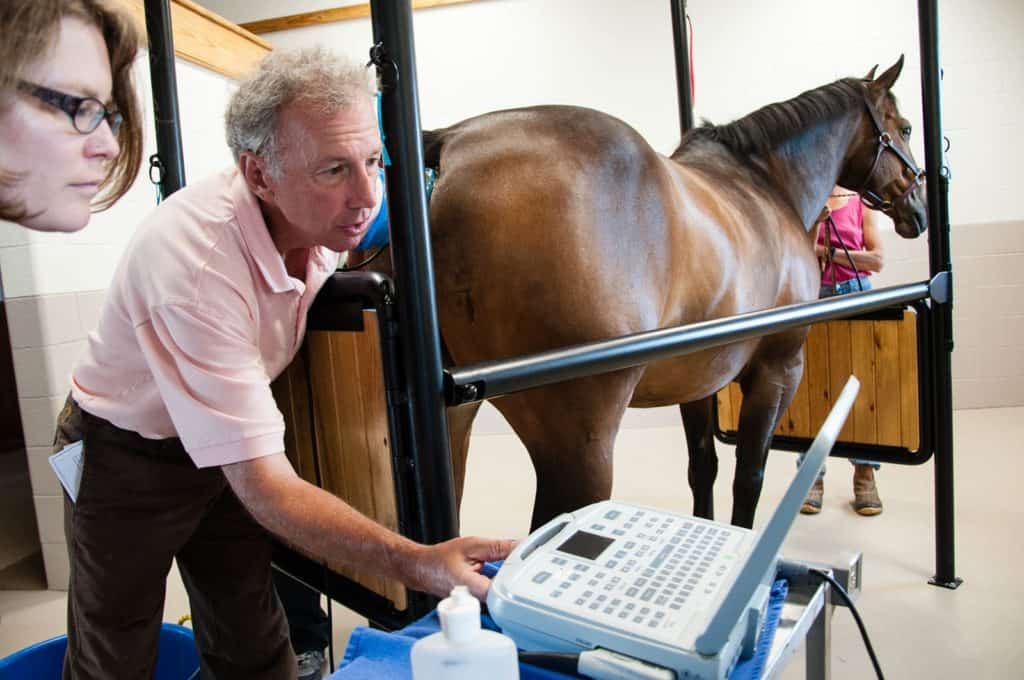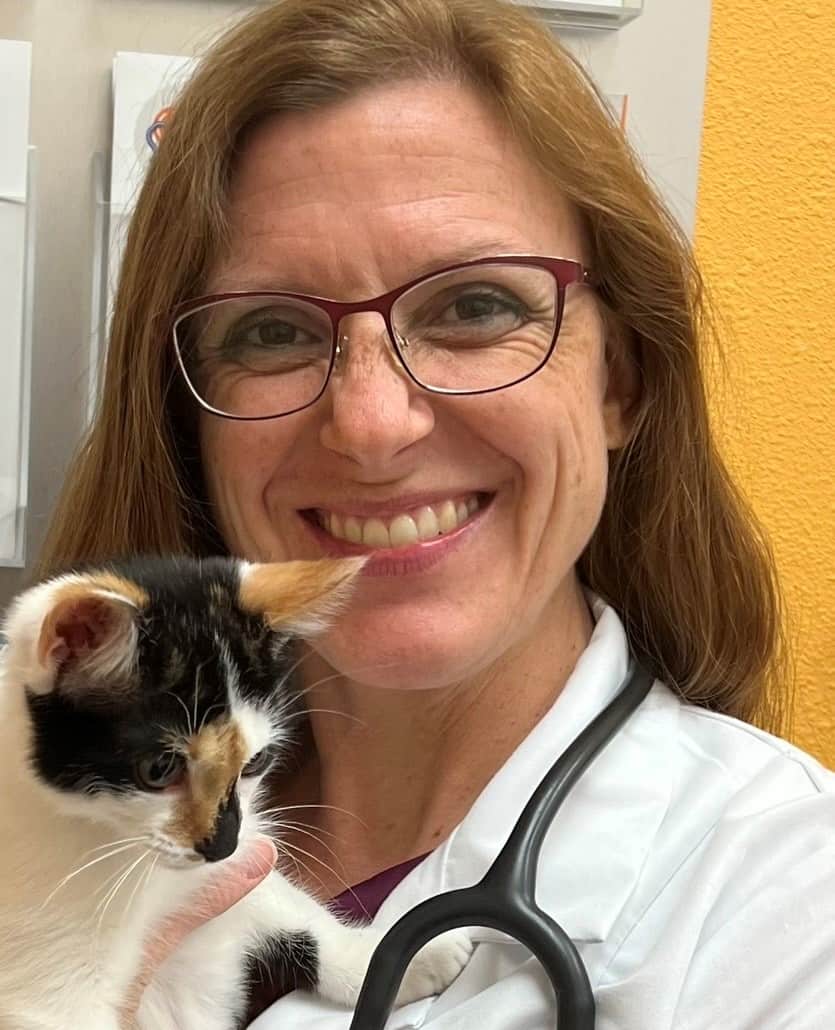Double Trouble: Multiple Ovulations in Mares

“Although rare in many breeds, multiple ovulations, mostly double ovulations, can occur in at least 25% of estrous cycles in Thoroughbreds and Warmbloods,” said Mina Davies Morel, PhD, a senior lecturer in animal reproduction at Aberystwyth University, in Ceredigion, U.K.
Many double ovulations are synchronous (occurring at the same time); however, asynchronous ovulation can occur in which two eggs are ovulated several days apart. Because equine sperm is known for its longevity, it can live inside the mare’s reproductive tract for several days. If a mare is bred at the time of a first ovulation but a second ovulation occurs five or six days later and that egg is also fertilized, two embryos of different ages can coexist.
“In this scenario, if a routine ultrasound examination were conducted 14 to 16 days after the first ovulation, it is possible the second embryo would be missed,” Davies Morel explained. “This is because embryos can’t usually be seen on ultrasound until 11 days after ovulation.”
In such a case, the second embryo might be missed completely at the routine Day 13 to 16 ultrasound examination. The optimal time for eliminating a second embryo is Day 16 post-ovulation. After Day 16, the two embryos (vesicles) can potentially fuse, making successful elimination of one of the two foals unlikely and resulting in the loss of both embryos.
After recording results from 506 cycles in double-ovulating mares that had not received ovulation induction agents, Davies Morel and colleagues found that:
- 65.8% of double ovulations occurred more than 8 hours apart;
- 28.5% of double ovulations occurred more than 24 hours apart; and
- More asynchronous double ovulations occurred in the seasonal transition periods (at the beginning and end of the breeding season).
The authors concluded that veterinarians should not only examine mares 13 to 16 days post-ovulation to hunt embryos, but also examine the ovaries to see if more than one ovulation occurred.
Further, the veterinarian should conduct a second pregnancy check seven days later (approximately Day 20 post-ovulation) to look for a second, younger embryo.
At this time, the embryo could still successfully be eliminated if it’s located in the opposite uterine horn as the older embryo.
The study, “Asynchronous ovulation in mares: seasonal variations in frequency,” was published in the Veterinary Record.

Written by:
Stacey Oke, DVM, MSc
Related Articles
Stay on top of the most recent Horse Health news with















